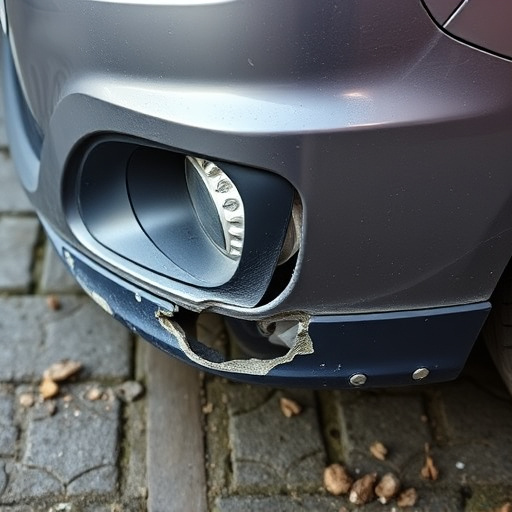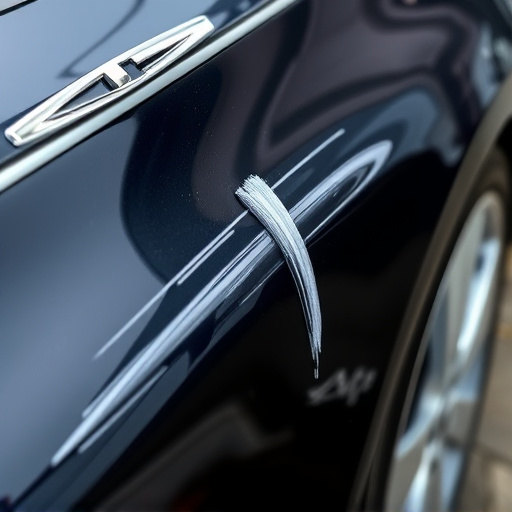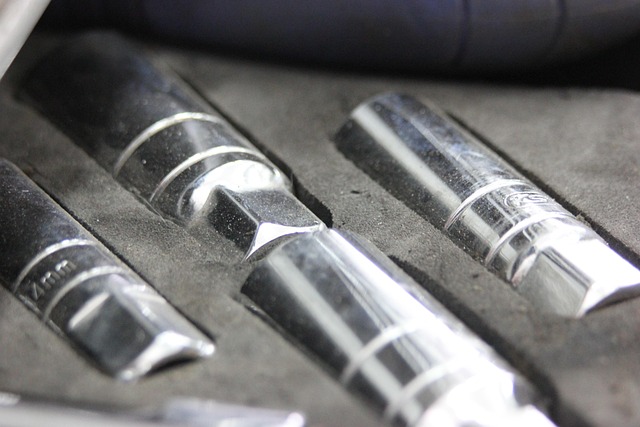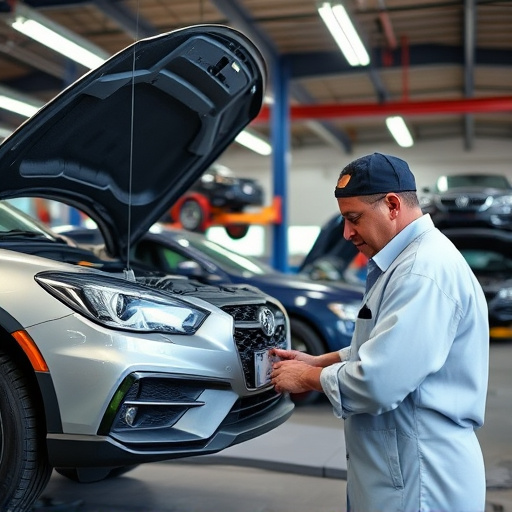Mercedes radar recalibration is a vital process for maintaining vehicle safety and performance, fine-tuning sensor parameters to address environmental factors, wear, and tear, ensuring accurate readings for ADAS features like adaptive cruise control, lane keeping assist, and collision avoidance. Regular calibration optimizes Mercedes vehicles' overall performance, enhances road safety with faster reaction times, prevents alignment issues leading to dents or damage, and keeps Mercedes at the forefront of the automotive industry in both technology and safety.
Mercedes radar recalibration is a critical process ensuring the accuracy and synchronization of advanced driver assistance systems (ADAS). Understanding the intricacies of these radar systems, which rely on precise data for safety features like collision avoidance and adaptive cruise control, is essential. This article delves into the complexities of Mercedes radar systems, highlights the vital role of recalibration in enhancing safety and performance, and provides a step-by-step guide to effectively calibrating your Mercedes radar system.
- Understanding Mercedes Radar Systems and Their Complexities
- The Role of Radar Recalibration in Enhancing Safety and Performance
- Step-by-Step Process: Effectively Calibrating Your Mercedes Radar System
Understanding Mercedes Radar Systems and Their Complexities
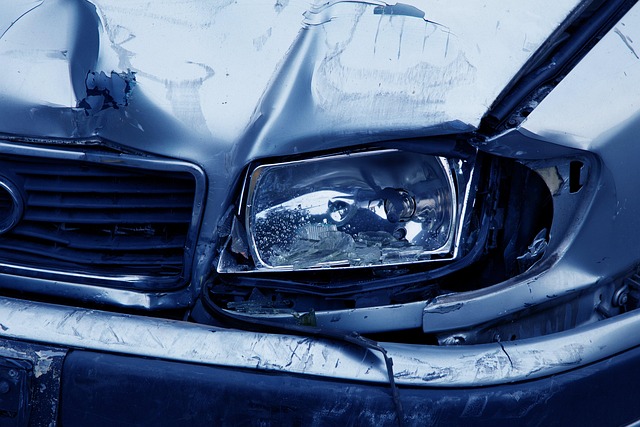
Mercedes radar systems are renowned for their cutting-edge technology and advanced driver assistance features. These systems play a pivotal role in enhancing vehicle safety by detecting obstacles, monitoring nearby traffic, and providing real-time data to the car’s computer. However, over time, these intricate mechanisms can face complexities due to various factors such as environmental conditions, accidents, or routine wear and tear. Regular Mercedes radar recalibration becomes essential to maintain optimal performance.
The process involves fine-tuning the system’s parameters to ensure precise communication across all components, including sensors, processors, and actuators. By addressing any discrepancies or drift in sensor readings, the vehicle’s safety systems function seamlessly, enabling accurate detection and response to potential hazards. This is particularly crucial for critical functions like adaptive cruise control, lane keeping assist, and collision avoidance, where even minor inaccuracies could lead to serious consequences. Therefore, prioritizing regular Mercedes radar recalibration is vital for both optimal performance and passenger safety.
The Role of Radar Recalibration in Enhancing Safety and Performance

Mercedes radar recalibration plays a pivotal role in enhancing both safety and performance. This critical process ensures that the vehicle’s radar system operates with unparalleled precision, enabling it to accurately detect and track objects around the car. By calibrating the radar, the Mercedes’ advanced driver-assistance systems (ADAS) can provide more reliable data for features like adaptive cruise control, lane-keeping assist, and collision avoidance systems. This, in turn, leads to improved safety as the vehicle can react faster and more accurately to potential hazards on the road.
Moreover, regular Mercedes radar recalibration contributes to the overall performance of the car. A well-calibrated radar system allows for smoother and more efficient acceleration, braking, and steering responses. It also ensures that the car’s body is aligned correctly during high-speed maneuvers, preventing issues like car dent repair or worse. In essence, proper radar recalibration acts as a backbone for both safety features and driving performance, ensuring that Mercedes vehicles maintain their edge on the road.
Step-by-Step Process: Effectively Calibrating Your Mercedes Radar System

Mercedes radar recalibration is a meticulous process that ensures your vehicle’s advanced driver-assistance systems (ADAS) function optimally. Here’s how it works step by step:
1. Safety First: Begin by ensuring your Mercedes is parked in a safe, controlled environment free from traffic and potential hazards. This crucial step allows for accurate testing without compromising safety.
2. Identify the Issue: Utilize specialized diagnostic tools to pinpoint any discrepancies or errors within the radar system. This may involve scanning for fault codes or performing manual tests to verify sensor functionality.
3. Component Inspection: Carefully inspect all components, including radar sensors and control modules, for signs of damage, wear, or malfunction. Replace any faulty parts to ensure a seamless recalibration process.
4. Calibrate the Radar: Employ the vehicle’s built-in calibration routines or specialized software tools to adjust the radar settings precisely. This step involves adjusting parameters like sensitivity, range, and angle to match the specific requirements of your Mercedes model.
5. System Integration: Once individual components are calibrated, integrate them seamlessly into the broader ADAS system. Verify that all systems—including cruise control, lane-keeping assist, and collision avoidance—function in harmony after recalibration.
6. Final Testing: Conduct thorough testing to confirm that every aspect of the radar system operates as intended. This includes real-world driving simulations to ensure accurate performance under various conditions.
7. Documentation: Keep detailed records of the entire process for future reference and to facilitate maintenance or adjustments if needed. Proper documentation is vital, especially in a collision repair shop or automotive repair setting.
Mercedes radar recalibration is a vital process that ensures the seamless integration and accuracy of the vehicle’s complex radar systems. By calibrating these systems, drivers can experience enhanced safety features and improved overall performance. This simple yet crucial step allows the radar to communicate effectively with other components, resulting in better detection, tracking, and reaction times. With a well-calibrated Mercedes radar system, you can confidently navigate challenging driving conditions, knowing that your vehicle’s advanced technology is performing at its optimal level.
